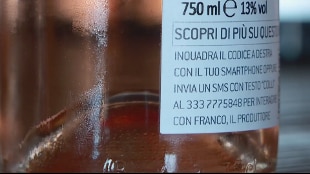- Green deal, the European Parliament approves the green change
- EU, von der Leyen presents the Green Deal for Europe: it is like the landing of man on the moon
Share
20 May 2020 Extension of the obligation of labels with an indication of the origin of foods and information on their nutritional value; halving of pesticides and antibiotics used in fields and farms; 20 billion a year to protect nature.These are the main objectives for 2030 of the strategies on biodiversity and the agri-food system presented today by the EU Commission in the context of the Green Deal.
The teaching of the pandemic
"Coronavirus has shown how vulnerable we are and how important it is to recover the relationship between man and nature," said European Commission Vice-President Frans Timmermans, presenting the two strategies that are "the heart of the Green Deal". Brussels wants to bring 25% of agricultural land to organic cultivation.
The legislative agenda
To achieve this and many other objectives that the Commission sets for 2030, the Executive has presented an agenda for legislative initiatives. In 2022 there are two proposals on labeling, one for the indication of mandatory origin of foods, the other for clear and
legible information on their nutritional value.
In addition, the Commission proposes to cut the use of pesticides by 50% and fertilizers by 20%, to transform 10% of EU agricultural lands into related landscape elements, to establish protected areas on 30% of the lands and of the EU seas.
In particular, there are plans to subject 10% of the Union's seas to stringent constraints such as a fishing ban. And again, to plant three billion trees, to halve the sales of antibiotics to farms and aquaculture facilities, to 'free' 25 thousand kilometers of rivers from artificial barriers.

